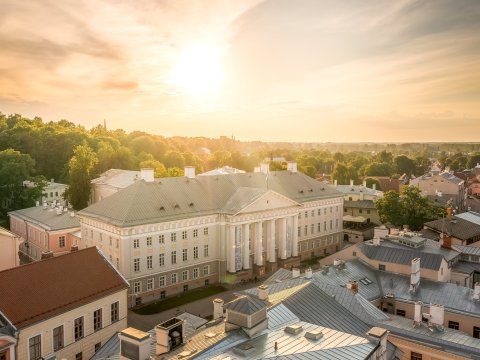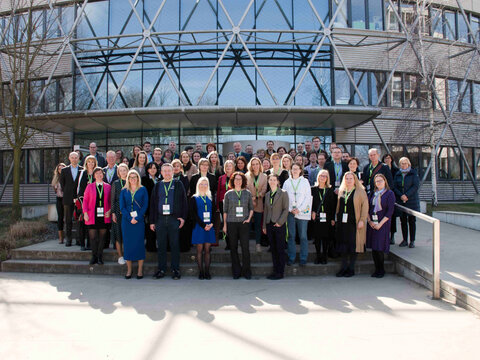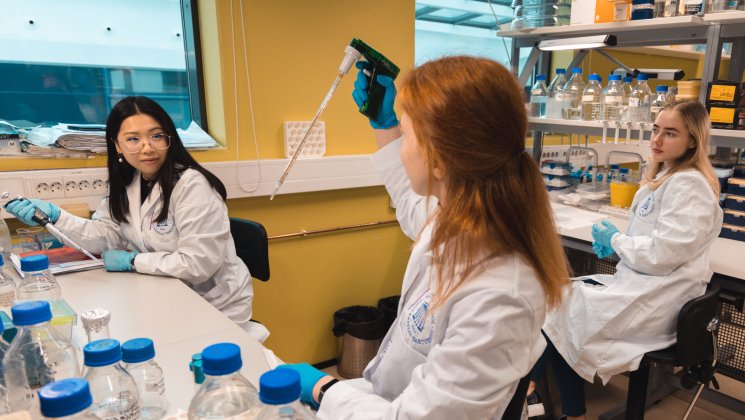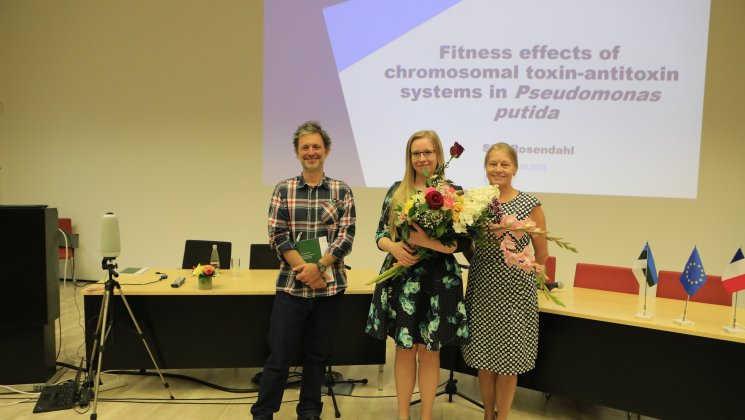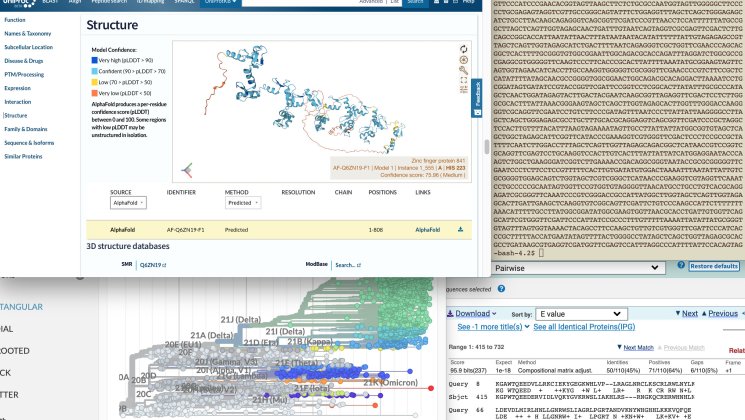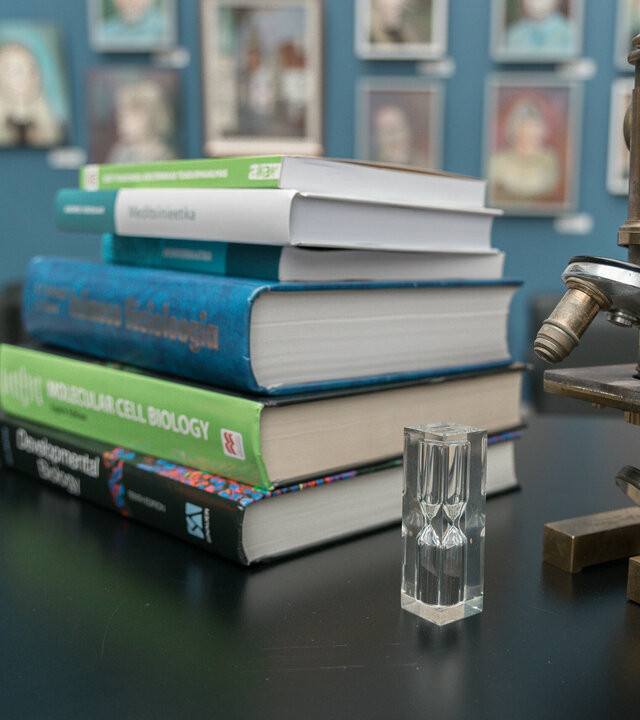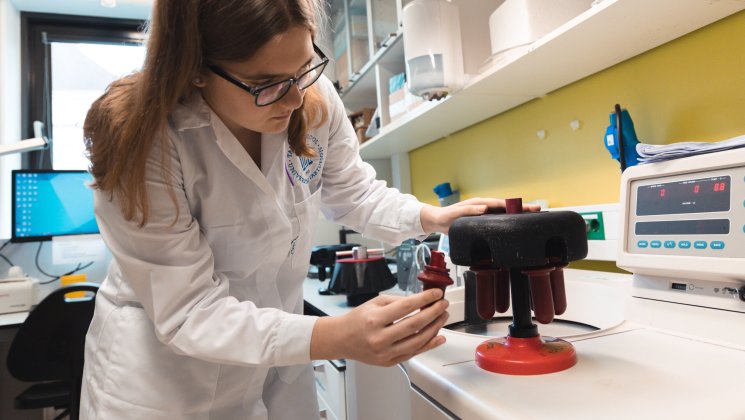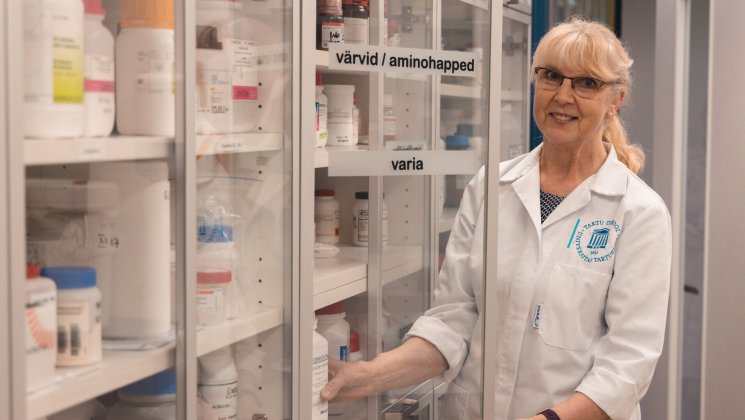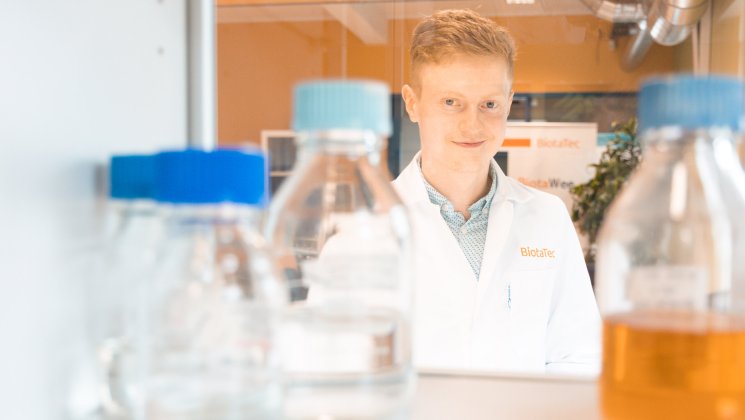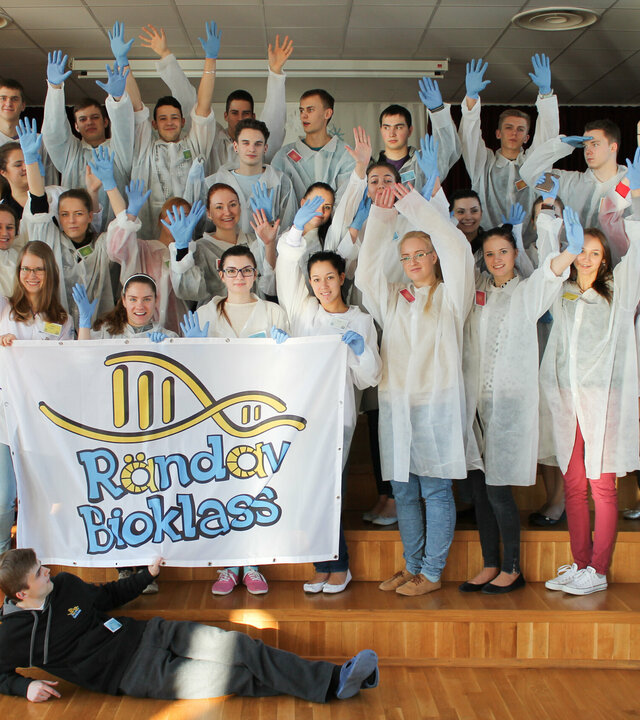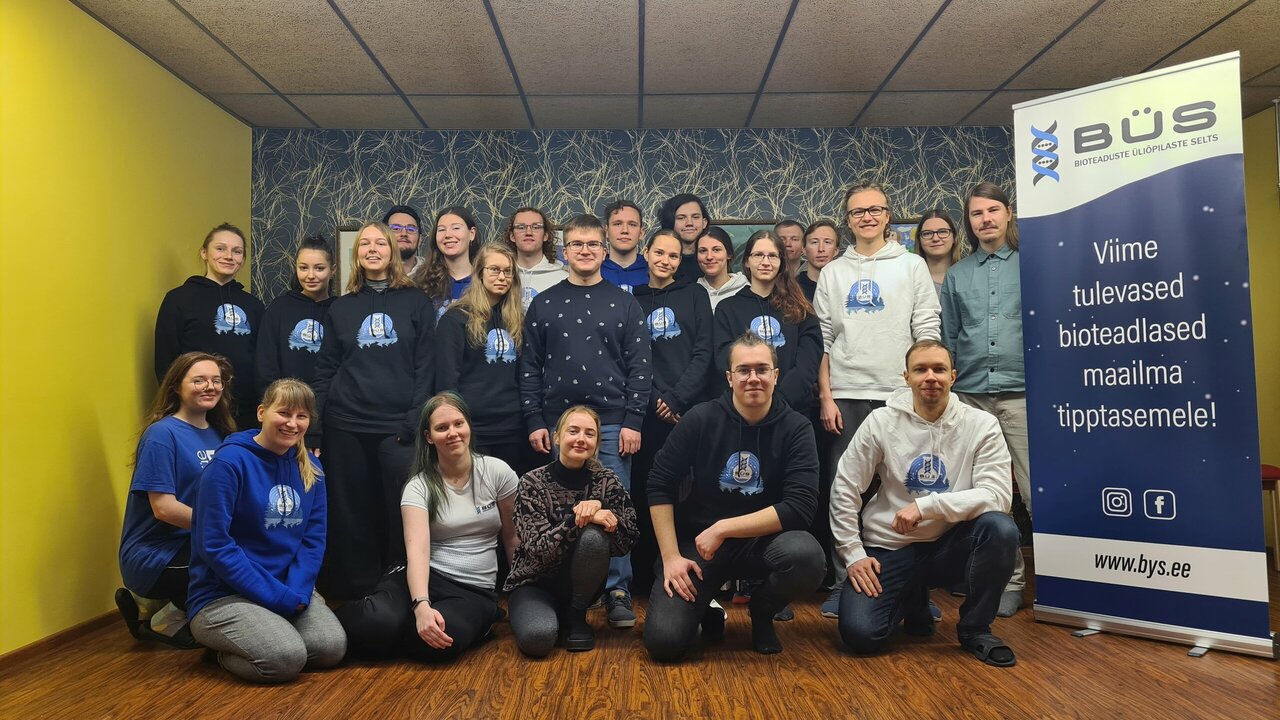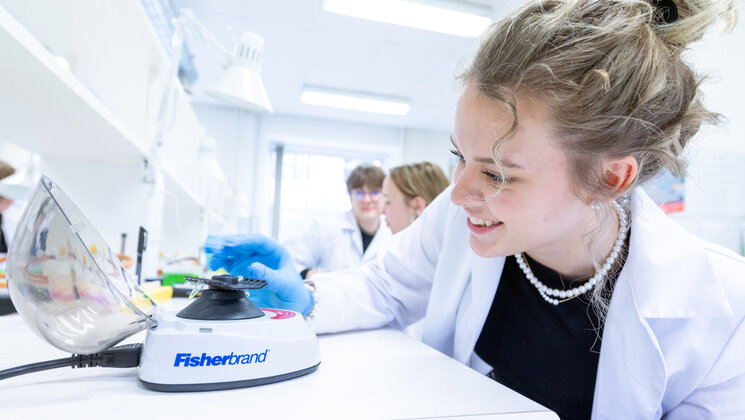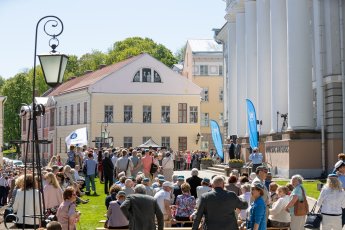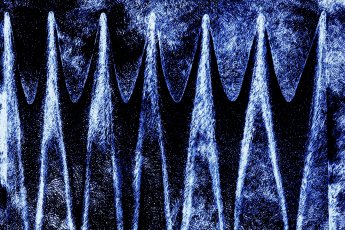Future top-specialists of Estonian life sciences come from our Institute!
The Institute of Molecular and Cell Biology of the University of Tartu teaches the offspring of young researchers at all levels. Our researchers are at the top level in world-class science.
ResearchNew publications by IMCB's scientists:
Chair of Molecular Biology: RNA in ribosomes contains chemically modified nucleotides in addition to the normal ones. The existence and chemical structure of modified nucleotides have long been known, but their biological role remains a mystery. The study of biological functions is difficult because the absence of a single modification does not significantly alter the physiology of the cell or the function of ribosomes, these modifications are redundant. The novelty of our work lies in the use of a bacterial strain that lacks 10 genes determining modifications. The bacterial strain is viable, but only under very favourable conditions. By reintroducing into this strain one of the genes, of which the removal of one did not lead to significant changes, the bacterial growth and the ability to assemble ribosomes are significantly improved. By inserting genes back one by one, we determined which modifications are required for ribosome formation in E. coli cells. The results also help to clarify the redundancy of modifications, where several modifications can functionally replace each other.
Ribosomal RNA modification enzymes stimulate large ribosome subunit assembly in E. coliChair of Developmental Biology: To generate complex 3D organs, the shape of each cell needs to change to support the overall development of the tissue. Since these shapes are always changing, it is important to establish a protocol to monitor these changes as they happen in real time. In the developing wing of a fruit fly, Drosophila melanogaster, there are two layers of cells that are nearly identical and lie opposite each other. This study used live imaging to observe a network of cells that exists between these two layers, called the Interplanar Amida Network (IPAN). When this network loses its cell-to-cell contacts, it affects cell division in both layers, which is necessary for 3D tissue growth. This finding suggests that IPAN contributes to coordinating how tissues develop into 3D structures by changing cell shapes.
Programmed disassembly of a microtubule-based membrane protrusion network coordinates 3D epithelial morphogenesis in DrosophilaEvents
Today


